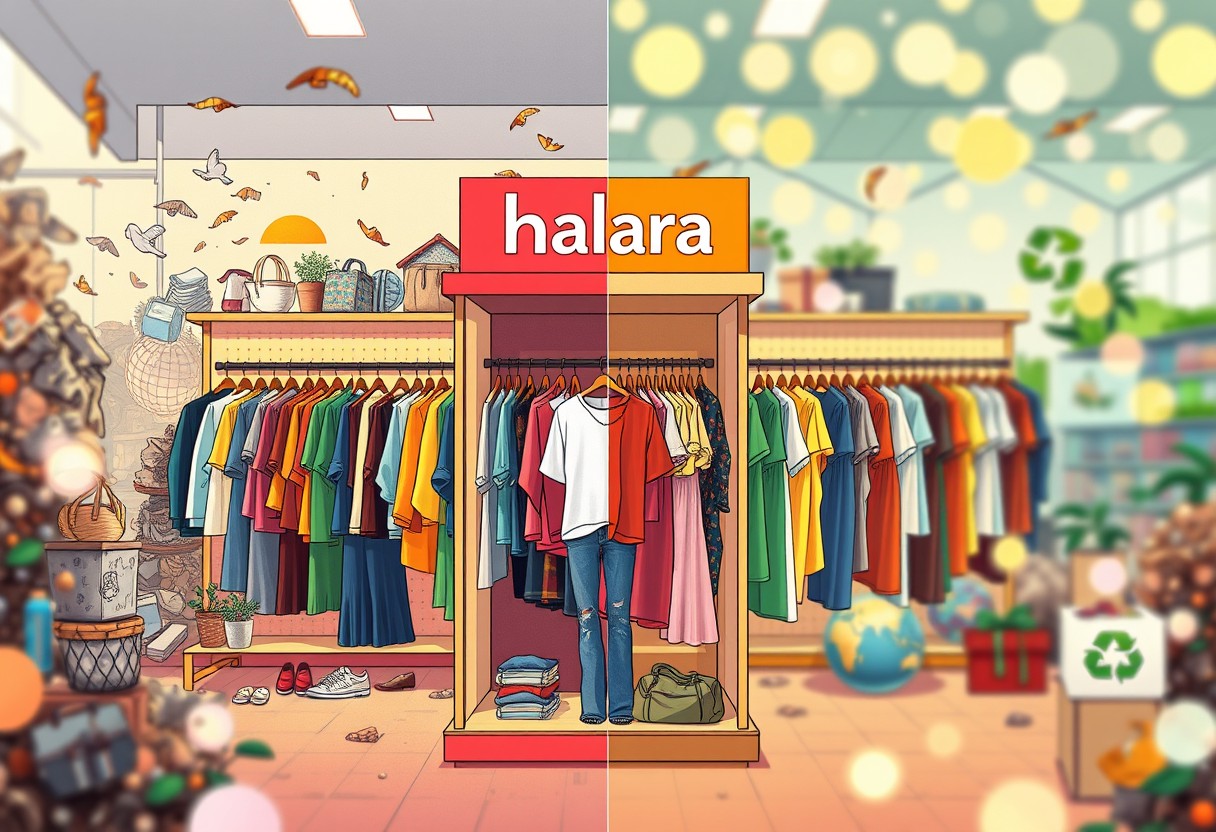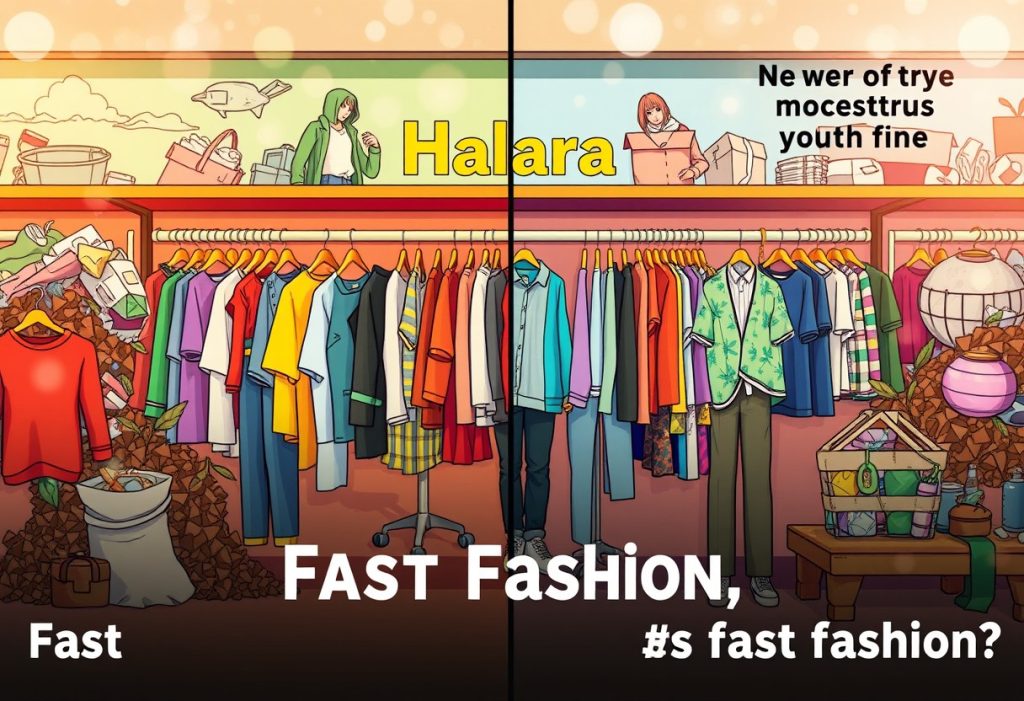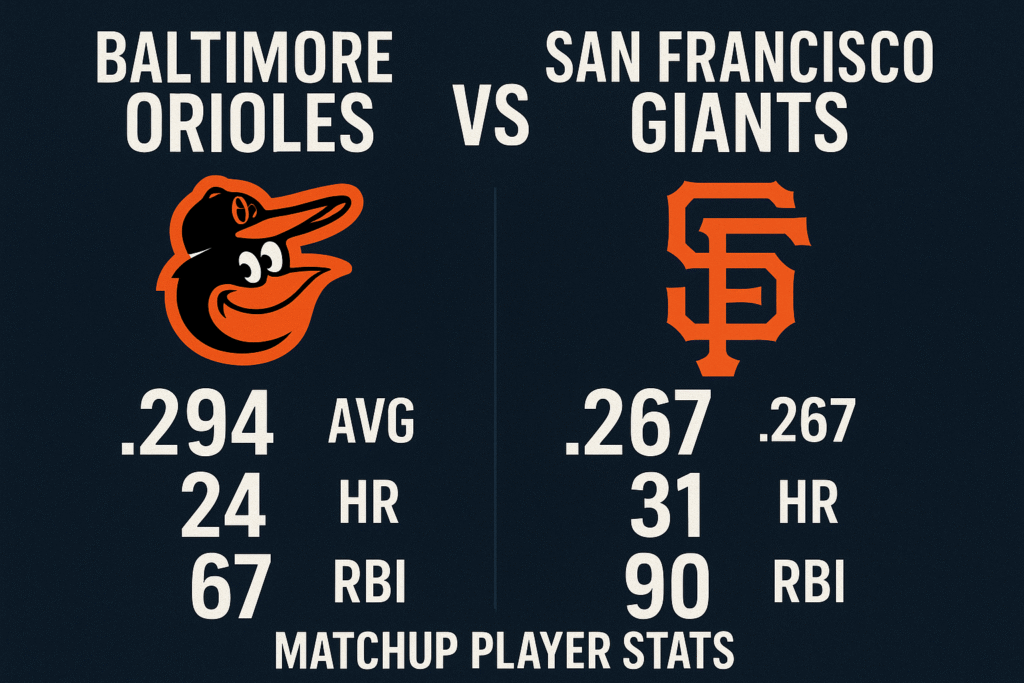Over the years, the term “fast fashion” has become synonymous with brands that quickly produce trendy clothing at low prices, often at the expense of sustainability and ethical production practices. If you’ve recently found yourself drawn to Halara’s stylish and affordable activewear, you may be wondering whether this brand falls into the fast fashion category. In this post, we will explore the characteristics of fast fashion and analyze Halara’s business practices, helping you make informed decisions about your wardrobe choices and their impact on the environment.
Understanding Halara
Before venturing into whether Halara is considered fast fashion, it’s imperative to understand the essence of the brand and what it offers to consumers.
Brand Overview
On the market, Halara has positioned itself as a trendy athleisure brand that focuses on bridging the gap between functionality and style. Since its inception, it has gained popularity for its inclusive sizing and commitment to providing affordable, fashionable attire that caters to a diverse audience.
Product Offerings
Product offerings from Halara include a wide range of activewear, loungewear, and casual apparel designed for the modern lifestyle. You can expect to find everything from high-waisted leggings to stylish sports bras, all crafted to provide comfort and functionality without compromising on aesthetic appeal.
With a growing collection that encompasses various activities—from yoga to running—you have the flexibility of choosing pieces that suit your lifestyle. The brand frequently launches new styles and colors, ensuring you can refresh your wardrobe regularly. This approach not only helps you stay on trend but also reflects a mindful balance of functionality and fashion in your everyday wear.
Defining Fast Fashion
Some consumers may not fully grasp the term “fast fashion,” which refers to a business model that emphasizes rapid production and circulation of inexpensive clothing. This model is designed to capture the latest trends and make them available to you at an extremely low cost, often leading to a cycle of overconsumption and waste.
Characteristics of Fast Fashion
On the surface, fast fashion is characterized by its quick turnaround time, affordability, and trend-driven designs. Retailers produce new collections frequently, which encourages you to buy more clothes more often, creating a sense of urgency to keep up with the latest styles.
Environmental Impact
One significant concern regarding fast fashion is its environmental impact. The rapid production processes often lead to high levels of waste, including discarded clothing and excess materials, which ultimately burden landfills and natural resources.
Fast fashion contributes not just to textile waste but also to pollution, as production often involves toxic chemicals, dyes, and unsustainable practices that can harm the environment. Water usage is also alarming; the fashion industry consumes vast amounts of water to produce these cheaply made garments. By understanding these impacts, you can make more informed choices about your purchases and their repercussions on the planet.
Halara’s Business Model
You may wonder how Halara operates in terms of production and supply. Understanding their business model can help you determine whether they fit into the fast fashion category.
Production Practices
Halara’s production practices emphasize efficiency and cost-effectiveness. Their approach involves producing large volumes of apparel in a short amount of time, which is a hallmark of fast fashion brands. This strategy not only allows them to keep prices low but also ensures they can quickly respond to changing fashion trends, engaging consumers in a cycle of constant purchasing.
Supply Chain Analysis
Halara’s supply chain revolves around streamlined processes designed for rapid distribution. By sourcing materials from various global suppliers, they can ensure a steady flow of resources, allowing for timely production cycles. This agility in their supply chain is indicative of a fast fashion brand, as it enables them to bring new styles to market at a pace that can outstrip traditional clothing retailers.
Production is a critical aspect of Halara’s business model and plays a significant role in how they manage their supply chain. By leveraging technology and data analytics, they track consumer preferences and trends, enabling them to forecast demand accurately. This proactive approach further enhances their ability to quickly produce and distribute new collections, ultimately reflecting the principles of fast fashion.

Public Perception and Response
To understand how Halara fits into the larger narrative of fast fashion, it’s crucial to consider public perception and response. As awareness grows around the implications of fast fashion on environmental sustainability and labor practices, many consumers scrutinize brands like Halara. Some individuals categorize it as a fast fashion entity, often referencing guidelines and resources such as the Fast Fashion Brands to Avoid. This classification is primarily influenced by the brand’s production methods, pricing strategies, and the frequency of new collections.
Consumer Awareness
On the recent landscape of fashion, consumer awareness plays a critical role in shaping brand perception. You may increasingly find yourself questioning not just the price of clothing, but the ethical considerations behind your purchases. As information becomes more accessible, understanding which brands contribute to fast fashion can help you make more informed decisions.
Alternatives to Fast Fashion
For those looking to make conscious shopping choices, exploring alternatives to fast fashion can be rewarding. You might consider purchasing from sustainable brands that prioritize eco-friendly materials and fair labor practices, or exploring second-hand options to reduce waste.
Public sentiment continues to shift towards supporting sustainable fashion practices. By choosing alternatives, such as thrift stores, rental services, or brands with ethical values, you empower yourself and contribute positively to the fashion industry’s evolution. Awareness of your purchasing decisions can drive demand for greater accountability, leading to a more sustainable future for fashion, and ultimately, you’ll find that your choices can influence change.
To wrap up
The question of whether Halara is considered fast fashion ultimately depends on how you define fast fashion and your personal values regarding sustainability and consumerism. While Halara does offer trendy and affordable activewear that mirrors some fast fashion characteristics, it’s vital for you to evaluate the brand’s business practices, production timelines, and environmental impact. By doing so, you can make informed choices that align with your own ethical standards and shopping preferences.
FAQ
Q: Is Halara considered fast fashion?
A: Yes, Halara is often categorized as a fast fashion brand. Fast fashion refers to clothing designs that move quickly from the catwalk to stores, focusing on producing large quantities of inexpensive apparel. Halara, known for its trendy athleisure and activewear, frequently releases new collections that align with current fashion trends, which is a hallmark of fast fashion brands.
Q: What are the implications of purchasing from fast fashion brands like Halara?
A: Purchasing from fast fashion brands like Halara can have several implications. Firstly, it often promotes a cycle of overconsumption, where consumers buy clothes that may only be worn a few times before being discarded. This can lead to increased textile waste and environmental harm. Additionally, fast fashion is sometimes associated with unethical labor practices, where workers face low wages and poor working conditions. Supporting sustainable fashion brands that prioritize ethical production can help mitigate these issues.
Q: Are there sustainable alternatives to Halara for activewear?
A: Yes, there are many sustainable alternatives to Halara for activewear. Brands like Patagonia, Girlfriend Collective, and Beyond Yoga focus on eco-friendly materials and ethical labor practices. These companies use recycled fabrics, ensure fair trade working conditions, and promote long-lasting products. Choosing these brands can be a more responsible option for those looking to minimize their environmental impact while shopping for activewear.







